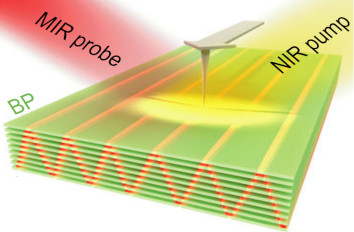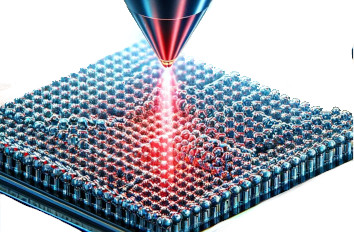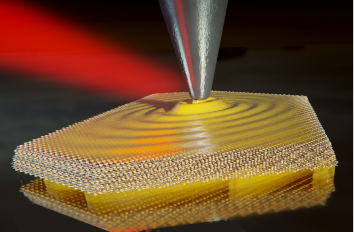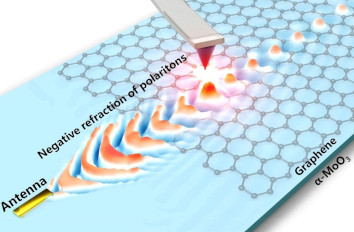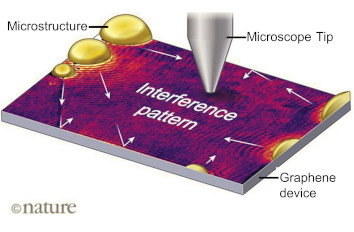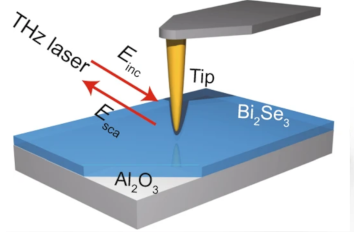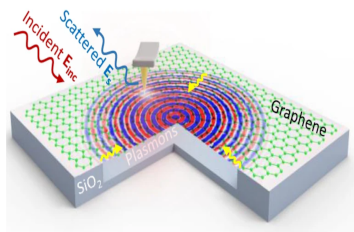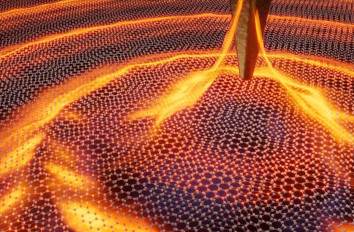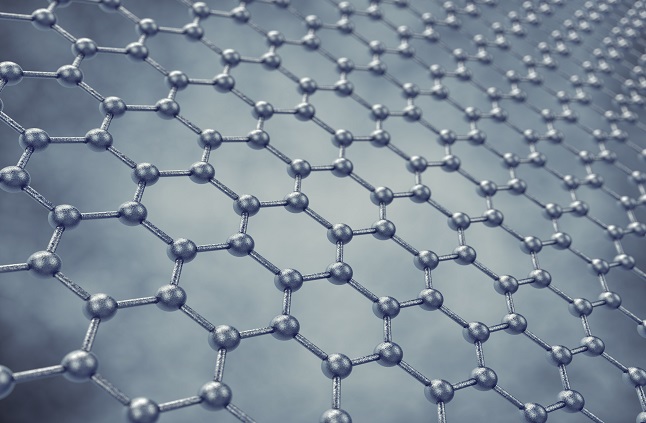
2D Materials
exotic electronics & bio-optical sensing
Two-dimensional (2D) materials combine a large surface with a small thickness of a few nanometres or less and excel in exotic ways of interacting with light leading to exceptional biochemical & optical sensing properties.
neaSCOPE microscopes provide enough nanoscale spatial resolution and broadest IR spectroscopy to meet state-of-the-art sample characterization needs. A selection of possible samples & research materials is listed below. To learn more about the recommended neaSCOPE microscope for these samples, visit the product pages indicated below.
APPLY FOR A TEST MEASUREMENT ON YOUR SAMPLE*
* In order to evaluate the capabilities of our technology & products, you may apply for a test measurement with your own sample. Sucessful test results significantly increase the approval chance of your grant application.
Samples/Research Materials
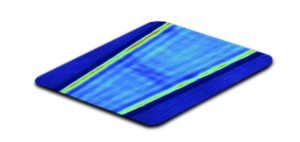
Plasmon Polaritons
Graphene, metalic CNTs, doped InAs and Bi2Se3 suports plasmon polaritons with up to 50 times smaller wavelength and are thus impossible to inspect with standard microscopy techniques. On the other side neaSCOPE microscopes uses s-SNOM technology, which excels in launching, controlling and real-space mapping of plasmon polaritons supporting our customers to develop extremely miniaturized photonic devices and circuits.
Recommended product: IR-neaSCOPE+s
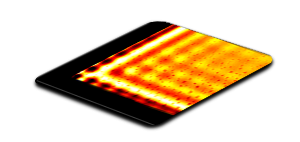
Phonon Polaritons
hBN is a hyperbolic material used to fabricate complex nanostructures with unique properties, e.g. highly directional propagation and ultraslow group velocity. Besides the subwavelength requiring nanoscale resolution, time resolution in the femtosecond range becomes crucial. It is for this reason that neaSCOPE users apply ultrafast nano-FTIR technology to study complex optical nanosystems, aiming for future optical devices and ultraslow pulse propagation.
Recommended product: IR-neaSCOPE+fs
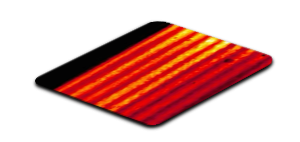
Exciton Polaritons
MoS2, WSe2 and MoSe2 supports long-distance propagation of exciton–polaritons with exceptional energy and information transfer rate. However, in contrast to plasmons or phonons which interact best with infrared light, excitons are probed best using near-IR or even VIS photons. Therefore nea-SCOPE users adopted VIS s-SNOM technology to advance future nanophotonic circuits optimizing coherence and electronical switching speed.
Recommended product: VIS-neaSCOPE+s
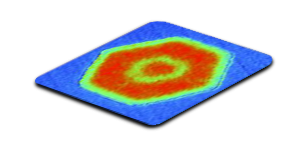
TMDCs
Transition metal dichalcogenides (TMDCs) show strong correlation between optoelectronic properties and sample morphology, doping, stress and strain. Consequently, a comprehensive characterization of those materials including inelastic and elastic scattering becomes crucial. neaSCOPE users combined thus s-SNOM, TERS and nano-PL technology for advancing the development of TMDCs based nano-optoelectronic and nano-photonic applications.
Recommended product: IR-neaSCOPE+TERs



